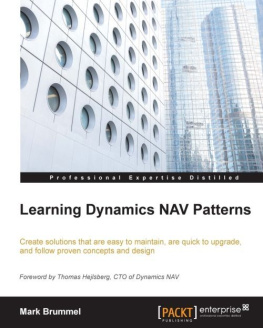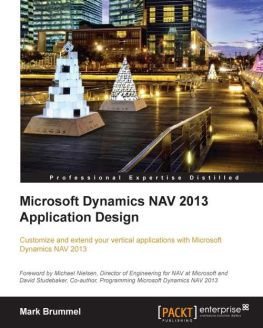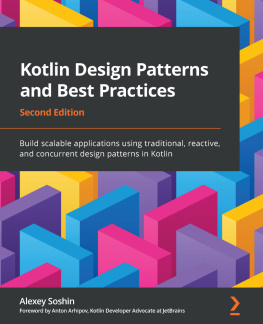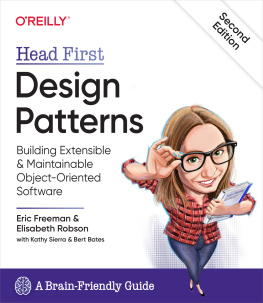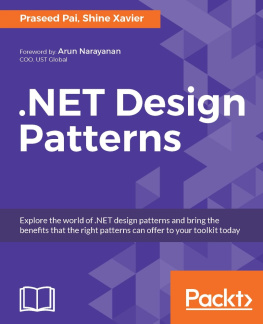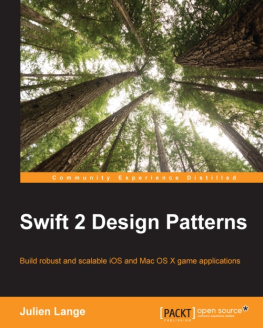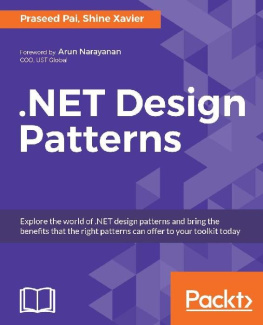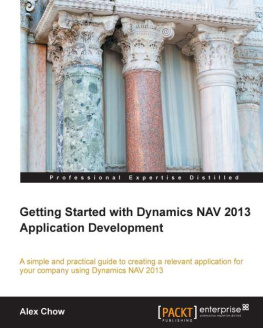Mark Brummel - Learning Dynamics NAV Patterns
Here you can read online Mark Brummel - Learning Dynamics NAV Patterns full text of the book (entire story) in english for free. Download pdf and epub, get meaning, cover and reviews about this ebook. year: 2015, publisher: Packt Publishing, genre: Computer. Description of the work, (preface) as well as reviews are available. Best literature library LitArk.com created for fans of good reading and offers a wide selection of genres:
Romance novel
Science fiction
Adventure
Detective
Science
History
Home and family
Prose
Art
Politics
Computer
Non-fiction
Religion
Business
Children
Humor
Choose a favorite category and find really read worthwhile books. Enjoy immersion in the world of imagination, feel the emotions of the characters or learn something new for yourself, make an fascinating discovery.
- Book:Learning Dynamics NAV Patterns
- Author:
- Publisher:Packt Publishing
- Genre:
- Year:2015
- Rating:3 / 5
- Favourites:Add to favourites
- Your mark:
Learning Dynamics NAV Patterns: summary, description and annotation
We offer to read an annotation, description, summary or preface (depends on what the author of the book "Learning Dynamics NAV Patterns" wrote himself). If you haven't found the necessary information about the book — write in the comments, we will try to find it.
Create solutions that are easy to maintain, quick to upgrade, and follow proven concepts and designs
About This Book- Design software that is maintainable outside the ecosystem of their creators
- Ensure quality by following patterns that have been proved to work
- Over two dozen practical Architectural and Design patterns
Learning Dynamics NAV Patterns is intended for developers, architects, (technical) consultants, and application managers. You may have very little or no knowledge about NAV patterns, but you should be acquainted with programming.
What You Will Learn- Apply object-oriented practices to C/AL programming
- Structure your application to avoid merge conflicts
- Refactor legacy code and avoid anti-patterns
- Design decision trees to decide when to use which patterns
- Clone codes and their application in Dynamics NAV
- Make your application extensible by creating predefined hooks and facades
Microsoft Dynamics NAV is a complete ERP system, which also contains a robust set of development tools to support customization and enhancement. These include an object designer for each of the seven application object types, a business application oriented programming language with .NET interface capability, a compiler, a debugger, and programming testing language support.
Learning Dynamics NAV Patterns will guide you through the NAV way of solving problems. This book will first introduce you to patterns and the software architecture of the NAV and then help you to build an example application. Then, it walks you through the details of architectural patterns, design patterns, and implementation patterns. This book will also talk about anti-patterns and handling legacy code. Finally, it teaches you to build solutions using patterns.
Proven patterns and best practices will help you create better solutions that are easy to maintain in larger teams across several locations. It will guide you through combining abstract patterns using easy-to-understand examples and will help you decide which patterns to use in which scenarios.
Style and approachThis book explains the concepts of patterns, code structuring, and object-oriented concepts in a way that is easy to understand for Dynamics NAV specialists through practical examples.
Mark Brummel: author's other books
Who wrote Learning Dynamics NAV Patterns? Find out the surname, the name of the author of the book and a list of all author's works by series.

